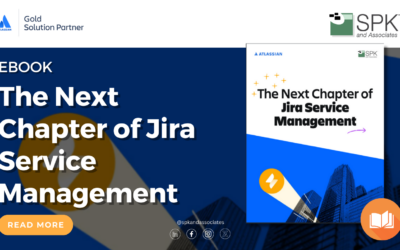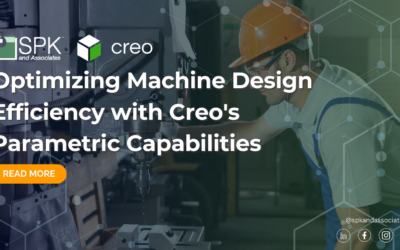As more and more technology is embedded into products, and software continues its role as the primary driver for product innovation, the domains of application lifecycle management (ALM) and product lifecycle management (PLM) are being placed on an inevitable collision course. The two management methodologies originate from different wellsprings, but have grown together due to the expansion of technology into nearly every industry sector.
The co-existence of ALM and PLM is not a new concept as technology has enjoyed a strong influence on product development for decades, but it was not until the relatively recent boom in products embedded with software that manufacturers and product developers began borrowing heavily from ALM.
Conversely, technology companies have taken cues from PLM in an effort to provide higher quality software products and packages to their customers, thus helping them to remain relevant in a notoriously competitive industry. However, the practice of handpicking desirable traits between ALM and PLM is simply not going to be good enough for the tech industry moving forward.
In order for tech companies to remain competitive in the future, the ALM and PLM interoperability is crucial.
Marrying the concepts of ALM and PLM at critical points like test, change and source management is a key step in achieving effective interoperability. Not only does it enable greater collaboration between engineering, software development and customer-facing departments, but it also breaks down barriers to sharing resources and assets. This leads to a more innovative and cohesive environment that is able to respond to and resolve issues more efficiently and adapt to changes in the market with agility.
Organizations fostering a heterogeneous environment are more likely to produce commercially successful products. Creating such an environment may appear to IT directors and managers as daunting tasks, but it can be realized through investing in the proper engineering tools and software solutions that have the ability to incorporate lifecycle management from a stronger engineering perspective in addition to the traditional concepts of ALM.
The advantages of ALM and PLM interoperability are clear. As software plays an ever-increasing role in innovation, it is evident that taking on software development from the engineering approach offered by PLM leads to improved product quality and increases the speed in which software can be released to market. Recent research conducted by technology leaders such as Siemens and PTC has also revealed that fully integrated organizations tend to develop more innovative products at a lower cost.
Next Steps:
- Contact SPK and Associates to see how we can help your organization with our ALM, PLM, and Engineering Tools Support services.
- Read our White Papers & Case Studies for examples of how SPK leverages technology to advance engineering and business for our clients.







